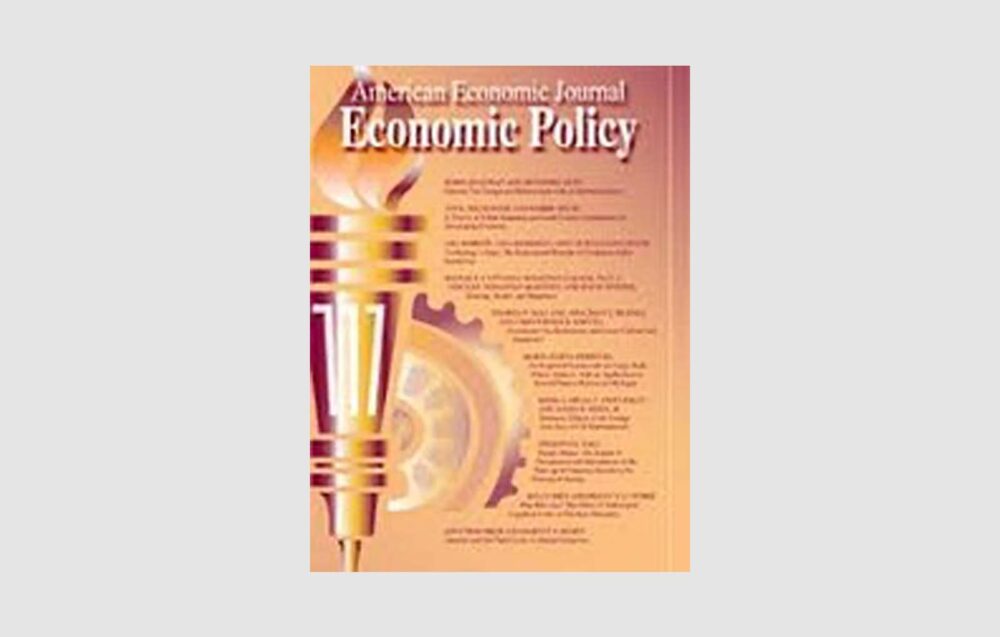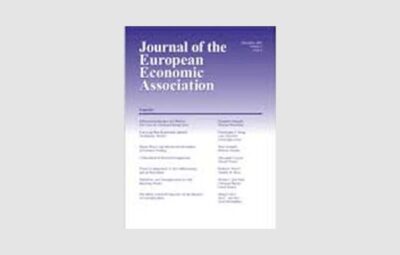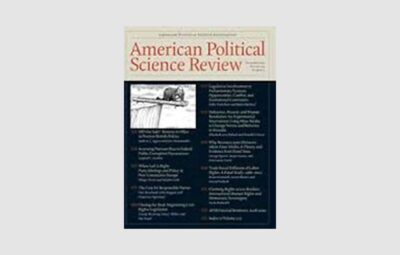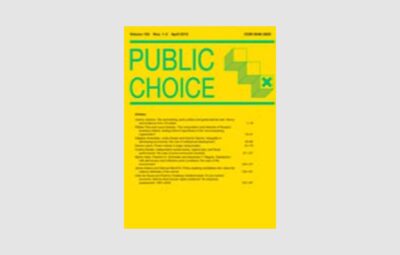Theory predicts that the majoritarian electoral system should produce more targeted redistribution and lower politicians’ rents than proportional representation. We test these predictions using micro data on the mixed-member Italian House of Representatives, and address the nonrandom selection into different electoral systems by exploiting a distinctive feature of the two-tier elections held in 1994, 1996, and 2001: candidates could run for both the majoritarian and proportional tier, but if they won in both tiers they had to accept the majoritarian seat. Focusing on elections decided by a narrow margin allows us to generate quasi-experimental estimates of the impact of the electoral rule. The results confirm theoretical predictions, as majoritarian representatives put forward more bills targeted at their constituency and show lower absenteeism rates than their proportional colleagues. Results are stronger for behaviors at the beginning of the term, when most politicians expect to run for reelection in the same tier.
Electoral Rules and Politicians’ Behavior: A Micro Test
Joint with Stefano Gagliarducci and Paolo Naticchioni



